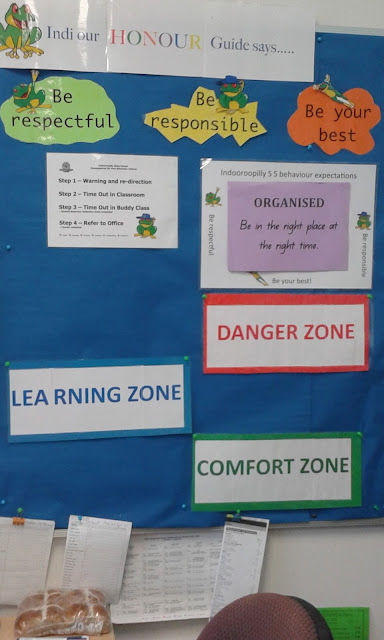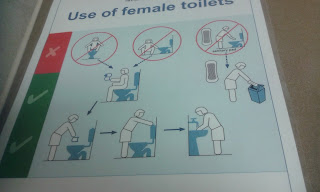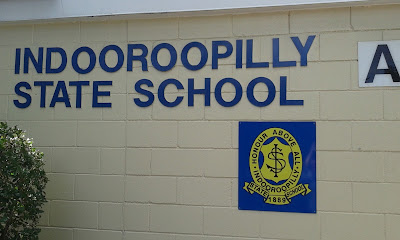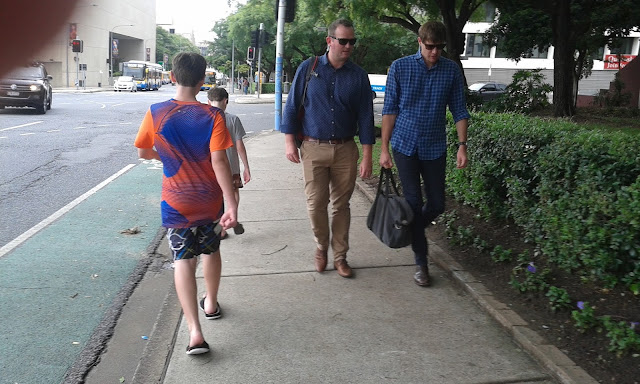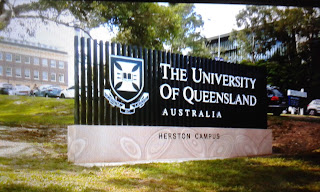
Queensland University: Professor of Education: Dr. Jill Willis Visit: Below is a section of the biography for Dr. Jill Willis straight from the QUT website . "Background Jill Willis is a senior lecturer in Education. She has always been interested in the transformative power of learning, and how social collaboration and innovative structures can support learner agency. She is the Master of Education course coordinator and teaches in the Leadership and Management study area. She also supports pre-service teachers in developing skills in pedagogy, assessment and curriculum planning." Jeff and I had the pleasure of visiting with Dr. Willis. We had sent her a copy of our course objectives for the EDGR 635 Assessment and Evaluation Course prior to our meeting to give her a vision and purpose of our travels and visits. She was thankful for that information prior to our visit. She found it interesting to see what our objectives were at the Ma...
